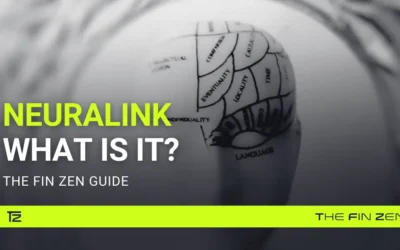Our mission is financial education for all, providing an unbiased Financial Hub.
With us, you can find free analysis and research.
Do you want to promote your business on The Fin Zen?
Latest news

Why People Don’t Invest in the S&P 500 and Why They Should
Why people don’t invest in the S&P 500? There are many reasons why people avoid investing in uncomplicated asset classes like, for example, the S&P 500. Among these, there are financial illiteracy, cognitive biases like loss, and risk aversion. This is a mistake, and we will see why.
Finance
Why People Don’t Invest in the S&P 500 and Why They Should
In one form or another, human beings have been practicing investing since the dawn of time, as...
Technical Analysis Guide for Traders and Investors
If you are looking to make trading your full-time job by becoming a profitable investor, this...
Business
Saas: Software-as-a-Service. What Does It Mean And How Does It Work?
Hello, tech enthusiasts! You are reading The Fin Zen, and if you landed on this article, you are...
Neuralink: What Is It And How Does It Work?
With the rapid progress of neurotechnology and the emergence of revolutionary brain-computer...
Crypto
NFTs: Beyond Art and Collectibles
Non-fungible tokens (NFTs) have revolutionized the digital asset field and offer exclusive and...
Trending now
Why People Don’t Invest in the S&P 500 and Why They Should
In one form or another, human beings have been practicing investing since the dawn of time, as...
Technical Analysis Guide for Traders and Investors
If you are looking to make trading your full-time job by becoming a profitable investor, this...
Saas: Software-as-a-Service. What Does It Mean And How Does It Work?
Hello, tech enthusiasts! You are reading The Fin Zen, and if you landed on this article, you are...
NFTs: Beyond Art and Collectibles
Non-fungible tokens (NFTs) have revolutionized the digital asset field and offer exclusive and...
1% Daily Return in Crypto and Finance: Myth or Reality?
A well-known American best seller has published a particularly interesting formula. In fact, James...
Smart Beta: Institutional-Grade Investing Strategies
As we know, the financial world is full of astronomical big words, smart beta is just one of many....






